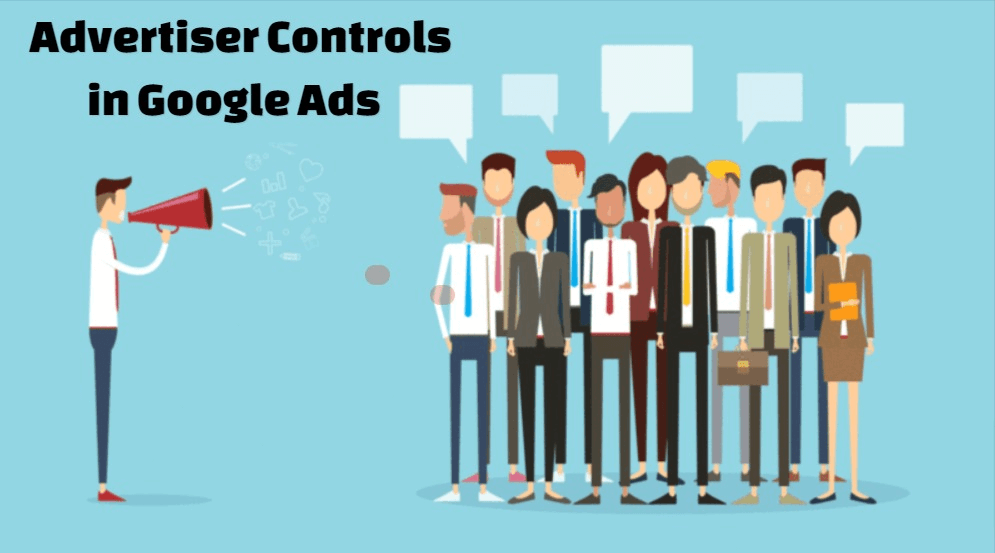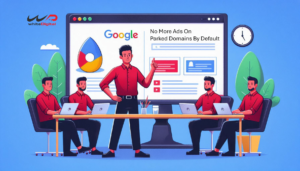Google keeps updating day by day making advertisers life simpler yet more productive. In that way, Google has recently announced that the advertisers can take control over their Google Ads on where they appear in the wide network. This can be good news for the advertisers, as they can reach the right audience using this advantage.
Google has decided to give certain controls to its advertisers’ to show the priority given to them and also to make sure that the Google Ads reach its appropriate audience. There is also an underlying reason behind this, is to stay away from inappropriate and dangerous content reaching its advertising network.
“Today, we’re announcing a new feature that will make it easier for advertisers to protect their ads from running alongside content that does not align with their brand or campaign.” – Google
Advertiser controls on Google Ads
Google’s advertiser controls allow its advertising partners to choose the location of their Google Ads to appear. This option will also allow you to choose in which format the Google Ads want to run. These controls are also to make sure that the Google Ads do not patch up with content that is irrelevant and the ones that are being avoided by the advertisers. The biggest advantage is that advertisers can block certain websites that do not fit the brand and also block spam ones

Google has also given leverage for the advertisers to exclude an entire topic that is irrelevant to the business.
For instance,“A travel agency has an ad group that features ads about various types of tours. They decide to target the topic Travel which has lots of relevant sub-topics like Adventure Travel and Regional Parks & Gardens but excludes sub-topics that are less relevant to their offerings like Air Travel.” – Google
In the past, it was a tougher job to exclude websites and topics as it was necessary to input the dedicated site URLs or the keywords which can be updated by the websites at any time. It was even challenging for the companies that had an in-house team, to find the appropriate sites and block them. But now, Google has made it even easier by introducing the advertiser controls where they can use a dynamic exclusion list which reduces their effort and time spent in finding those websites and topics.
Advertisers can create this list on their own or with the help of a third party company which they trust and once this list is being created they can upload it over the Google Ads account and select automatic updates. By doing so, the advertisers can block the new web pages or domains added up-to-date. Google has also mentioned that this feature will be available to all its users in the upcoming weeks.
When the target field is ready the users will be able to optimize Target CPA and Target ROAS the same way Target CPA and Target ROAS bid strategy does.
Google has also announced that these changes will be rolling out in the upcoming months. In the mean while, users can create Target CPA and ROAS bidding strategies.
“Starting later this year you’ll only see the updated options: Maximize conversions with an optional target CPA, or Maximize conversion value with an optional ROAS.”-Google
Google Ads users will be notified prior to, these changes of new fields which will automatically toggle from Target CPA and Target ROAS Bid strategies to the new Target fields.
Coming to an end, now users can focus on which bidding strategy that can be more appropriate for their Google Ads Search campaign in reaching maximum conversions.
Google has saved the day by giving numerous options and tools in the hands of its users and saving hours of their time.
Policies and enforcements to be followed for using Advertiser controls in Google Ads
To make sure the new feature is safe; Google has armored the policies and its enforcement technologies. This will keep the advertiser partners safe from harmful content. This is one step ahead in creating a safer advertising ecosystem.
Google has set strict restrictions for the brands that make use of the advertiser controls.
For instance, Google policies prohibit publishers from running Google Ads with content that promotes violence or discrimination, illegal activity and sexually explicit or graphic images. And Google constantly updates its publisher policies to reflect emerging issues or threats affecting the digital advertising ecosystem, such as misinformation or harmful health claims around the COVID-19 Pandemic.
Google has also stretched out new points in the publisher policies and braced up new enforcements in the technology and additional enforcement teams to identify violating content and block or demonetize them. These policies do not consider if it is a web page or an entire website, they just block them.
“Last year, we took action on nearly 1.3 billion pages across all policies and 1.6 million publisher sites.” – Google
Using this advertiser controls every brand can obtain the targeted audience and sustain their company value. The dynamic exclusion list can also be a life saver for many advertisers who are finding it difficult to go fishing in the sea with a single fishing rod. Thanks to Google for bringing up such a valuable new feature with effective tools.













